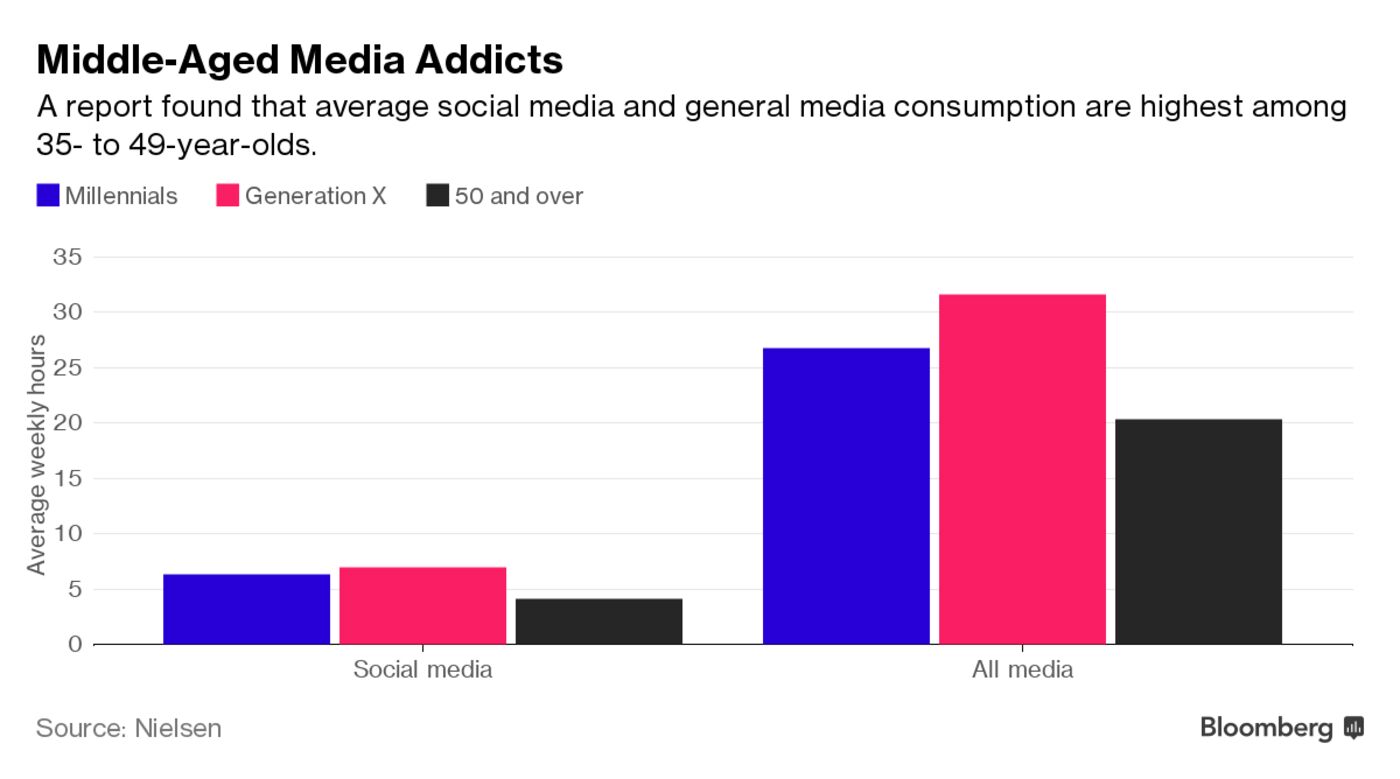This Forbes article not only forecasts the meteoric growth of digital marketing budgets, but it also details the macro trends that substantiate an increased spend on this type of advertising:
In summary, it's the Millennials. Millennials, as the author points out, collectively spend $600 billion each year, and as they (read: we) get older, their purchasing power increases. As "digital natives," Millennials primarily connect with brands online, and brands must be there to meet them where they are. Digital marketing budgets are not only increasing, but the spend is becoming more targeted and sophisticated now that the industry has matured. That being said, however, digital marketing inherently must keep pace with technology and new developments in digital, so it is an evolving space that may require a certain amount of flexibility in the budget. In other words, as with anything digital, advertisers will continue to try to hit a moving target over the next five years.
- US digital marketing spend will near $120 billion by 2021.
- Working budgets will give ground to non-working ones.
- Millennial buying power will drive increased spend.
- Online video will see the most upward mobility.
In summary, it's the Millennials. Millennials, as the author points out, collectively spend $600 billion each year, and as they (read: we) get older, their purchasing power increases. As "digital natives," Millennials primarily connect with brands online, and brands must be there to meet them where they are. Digital marketing budgets are not only increasing, but the spend is becoming more targeted and sophisticated now that the industry has matured. That being said, however, digital marketing inherently must keep pace with technology and new developments in digital, so it is an evolving space that may require a certain amount of flexibility in the budget. In other words, as with anything digital, advertisers will continue to try to hit a moving target over the next five years.



